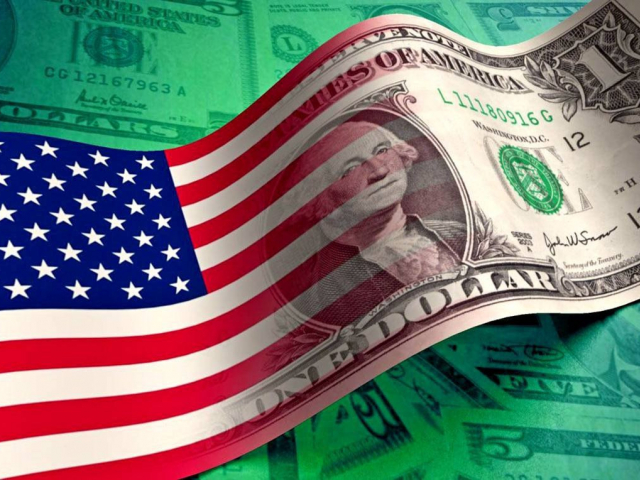
Growing demand from major central banks
Central banks plan to buy 700 metric tons of bullion in 2023. It is way higher than the average volume bought per year since 2010 measured at 500 metric tons. UBS analysts are certain that the yellow metal will enjoy strong demand for the year ahead for obvious reasons: mounting geopolitical risks and soaring inflation. Steady demand for gold from central banks will boost its rally to $2,100 per troy ounce by the end of 2023. In the longer term, gold is expected to trade at $2,200 per troy ounce in March 2024.

Protracted US dollar’s weakness
Gold finds support from the US dollar’s protracted weakness. The US currency is weighed down by falling yields of US Treasuries. In this context, the yellow metal has entered the bull market. UBS analysts warn market participants about another cycle of the greenback’s weakness in the coming 6-12 months. Experts say that the US dollar’s decline is triggered by the Federal Reserve’s intention to hit the pause button on its aggressive monetary tightening. Importantly, the Fed’s current strategy is at odds with the monetary policies of other central banks. They still pursue the course of gradual rate hikes.

Threat of recession in US
The third catalyst for the gold rally is a high risk of a recession in the US economy. Amid such economic uncertainty, investors are flocking to safe-haven assets, first and foremost gold. UBS analysts specify the following reasons for a recession: poor US GDP data, low consumer sentiment, and sliding output rates in the manufacturing sector and construction sector in particular. Last but not least, higher borrowing costs are taking a heavy toll on US economic growth and corporate earnings. The latest macroeconomic data proved that the national economic output is losing momentum. The unsettled issue of the US federal debt ceiling is also adding fuel to the fire. All in all, these fundamentals set the stage for the gold’s bullish trend. Experts foresee robust buying in the gold market on the back of grave geopolitical risks and rampant inflation.
 Deutsch
Deutsch 
 Русский
Русский English
English Bahasa Indonesia
Bahasa Indonesia Bahasa Malay
Bahasa Malay ไทย
ไทย Español
Español Български
Български Français
Français Tiếng Việt
Tiếng Việt 中文
中文 বাংলা
বাংলা हिन्दी
हिन्दी Čeština
Čeština Українська
Українська Română
Română
